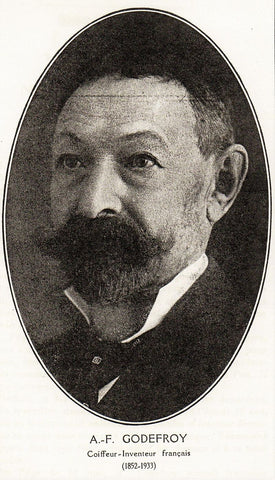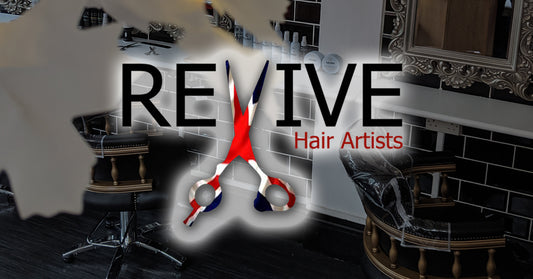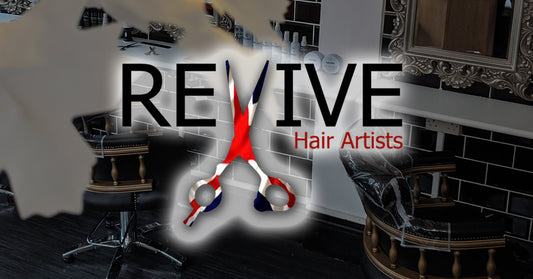
When Were Hair Straighteners Invented?
Thomas Strangwood
The first patent for a hair straightener was filed in 1872 by Alexandre-Ferdinand Godefroy, a French hairdresser. The device was essentially a metal rod that was heated over a flame and then used to straighten hair. However, it was not until the early 1900s that hair straighteners began to be mass-produced and marketed to the public.
The first commercial hair straightener was invented in 1906 by Simon Monroe, an American inventor. Monroe’s straightener was a metal comb that was heated over a gas flame. It was not very effective, and it was also very dangerous. In 1911, Gabriel Kazanjian patented the first handheld hair straightener. Kazanjian’s straightener was made of ceramic and it was heated by electricity. It was much safer and more effective than Monroe’s straightener, and it quickly became popular.
Hair straighteners became increasingly popular in the 1960s and 1970s, as more and more women began to wear their hair straight. In the 1980s, hair straighteners became even more popular, thanks to the rise of the “big hair” trend. In the 1990s, hair straighteners became more affordable and accessible, and they began to be used by men as well as women.
Hair straighteners have had a major impact on hairstyles. They have made it possible for people with curly or wavy hair to straighten their hair, and they have also made it possible for people with straight hair to create a variety of different styles. Hair straighteners have also changed fashion. In the past, people with curly or wavy hair were often limited to a few different hairstyles. However, with the help of hair straighteners, people with curly or wavy hair can now wear their hair in any style they want.
Hair straighteners have also been criticized for being damaging to hair. The heat from hair straighteners can cause hair to become dry, brittle, and damaged. However, there are a number of things that people can do to protect their hair from damage when using hair straighteners. These include using heat protectant products, using a lower heat setting, and straightening hair in small sections.
Overall, hair straighteners have had a positive impact on hairstyles and fashion. They have made it possible for people with curly or wavy hair to straighten their hair, and they have also made it possible for people with straight hair to create a variety of different styles. However, it is important to use hair straighteners safely and to protect hair from damage.



